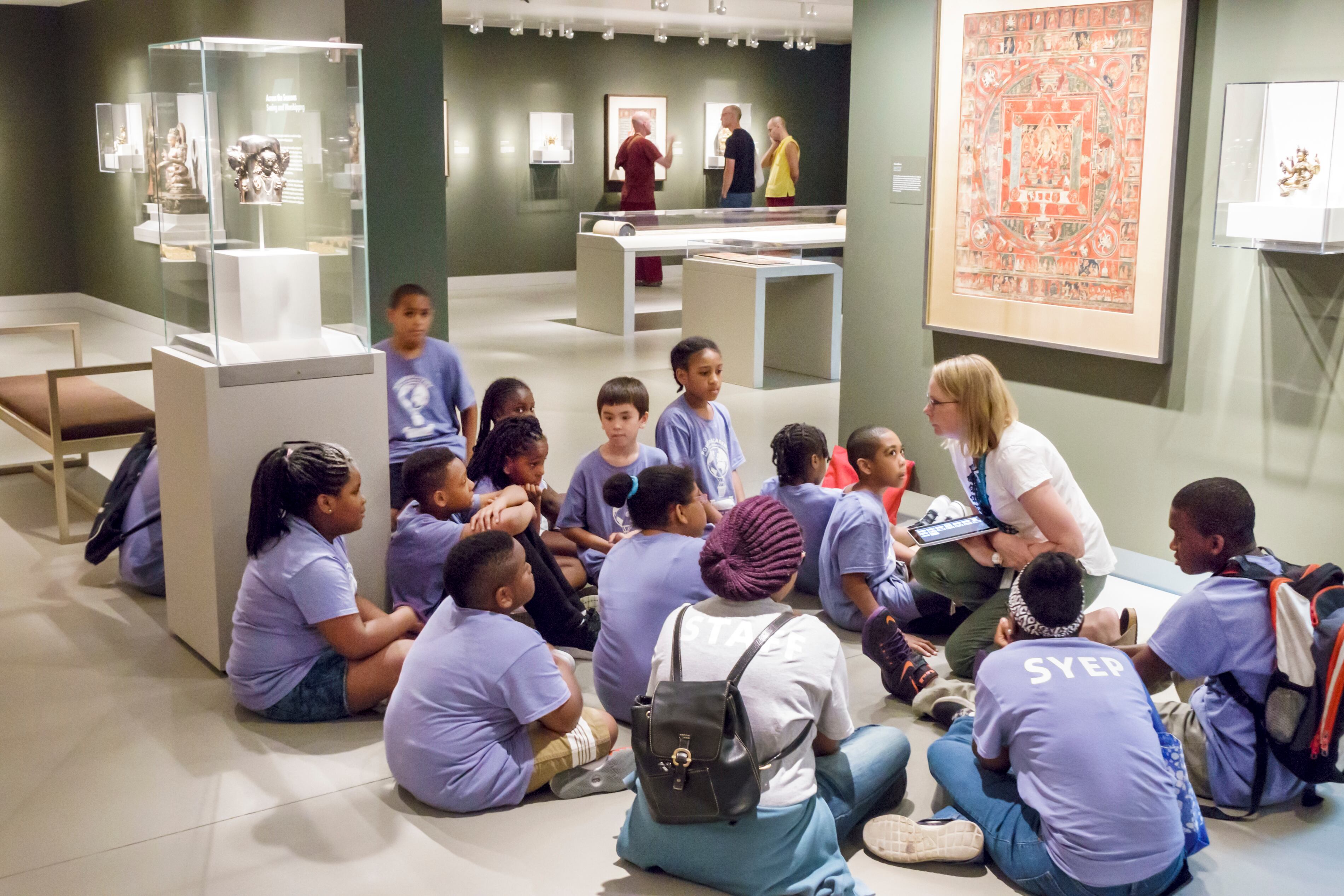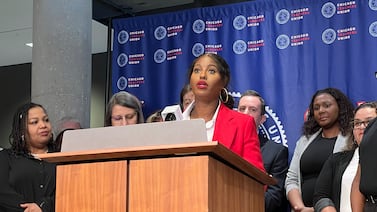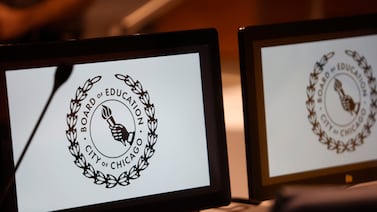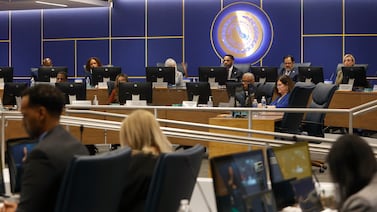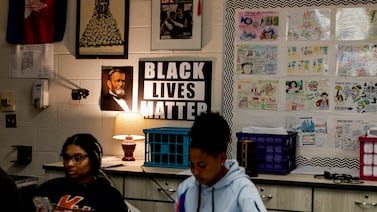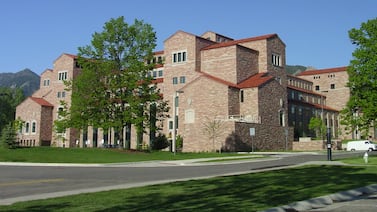New York City is ditching its traditional summer school model, opening programming to all students, not just those who have fallen behind with coursework, officials announced Tuesday.
The city will also mix camp and school activities, offering on both field trips and academics for students who have gone for more than a year without opportunities to interact with friends and learn in the classroom.
The “Summer Rising” program, run by the education department in conjunction with the city’s Department of Youth and Community Development, will combine summer enrichment activities such arts activities and outdoor games, along with academic programs and social emotional supports. Nearly half of all school buildings are expected to participate as summer school sites.
There will also be a remote option for students who are mandated to attend summer school, or interested families whose children are eligible for year-round special education services.
“We’ll be able to provide students across the city with a holistic summer experience. This will include academic support, social-emotional learning, and exciting enrichment opportunities,” schools Chancellor Meisha Porter said at a press conference. “After a year of heroic work on the part of our families and schools, we are embarking on an unprecedented reimagining of what summer needs to be.”
With a full school year of learning interrupted by the COVID-19 pandemic, polling shows that many families are eager for summer programming, and the federal stimulus package earmarked a large chunk of money for addressing learning gaps. But the biggest question looming over New York City, once the world’s epicenter of the virus, is whether families will feel safe sending their children to in-person summer school. This academic year, only 38% of students signed up for in-person learning.
For in-person summer programs, the city plans to follow yet-to-be specified safety protocols. Officials did not immediately say whether these will be the same as during the current school year. Schools are now required to test 20% of students and staff weekly for coronavirus, along with masking and social distancing requirements. New York City recently changed its distancing to three feet apart for elementary school children and six feet for middle and high school, based on updated U.S. Centers for Disease Control and Prevention guidance.
For elementary school students, the program will run five days a week, for seven weeks. For middle school students, the program will be four days a week, and last six weeks.
High school students who need to make up unfinished work or who failed a class will participate in summer learning for five weeks, with the schedule depending on what individual schools work out. They’ll also be able to play on sports teams and join the Summer Youth Employment Program, which places teens in jobs around the city.
Officials said that teachers aides, or paraprofessionals, will be available at every site to serve students with disabilities. Providing paraprofessionals had been a huge roadblock to serving students with disabilities at the city’s free Learning Bridges child care program during this school year, with some students turned away.
“Any child who needs those supports will get them,” said Chris Caruso, the city’s outgoing head of the community schools program, which provides wraparound services such as mental health supports in city school buildings.
Officials say the goal is to provide a bridge to the coming school year, by providing a space for children to reconnect while also getting some academic and social emotional support.
Virtual summer school programs typically have had lackluster results when it comes to helping students catch up.
The new plan is a sharp break from last year’s fully virtual summer program, where the city scrambled to deploy a centralized platform that suffered from technical glitches that dragged on for weeks. In addition, teachers were often working with students they had never met and struggled to forge relationships. By the end of the program, nearly a quarter of students hadn’t logged on a single time.
Last year, nearly 115,000 students were required or recommended to attend summer school, city data show, though department officials have not answered questions about how many of those students successfully completed summer coursework.
A high school principal said she is more optimistic about this summer’s programming, especially as schools appear to be able to help craft and execute their own programs as opposed to relying on a centralized system.
“I’m really happy to plan it because I know what our students need, and I also know what our teachers and staff are able to provide,” she said. The principal, who spoke on condition of anonymity because she was not authorized to speak publicly, already launched a summer planning group at her school and is looking for outdoor activities and ways of making the academic component more lively.
“The bigger priority is getting students used to being around each other again so we can hit the ground running a little bit faster” this fall, she said. “Kids are just desperate to get out of their houses.”
Mayor Bill de Blasio said he hopes the city’s model for this year becomes the new standard for summer school, and credited a major boost in state funding for making it a possibility. After a years-long fight for more school funding, lawmakers in the most recent budget committed to fully funding Foundation Aid, a formula that sends extra money to high-needs districts such as New York City.
“This will be a part of summers in New York City for years and years to come,” he said at a press conference. “We have the resources now.”
More details on the program:
- Rising kindergarteners through seniors can sign up for the free program beginning April 26 through the “discover DYCD” website.
- Elementary students can participate five days a week for seven weeks (July 6 - Aug. 20)
- Middle school students can participate four days a week for six weeks (July 6 - Aug. 13)
- High school students with incomplete work or who failed a class can participate in academic instruction for six weeks, in person or online (July 6 - Aug. 13)
- High school students will also be able to participate in accelerated learning, arts programs and social emotional support as well as participate in the city’s Summer Youth Employment Program, which has 70,000 slots for paid job opportunities.
- Students with disabilities entitled to 12-months of schooling will have five days a week of instruction related to their Individualized Education Programs as well as enrichment activities run by community organizations. They can participate in person or have an online option.

